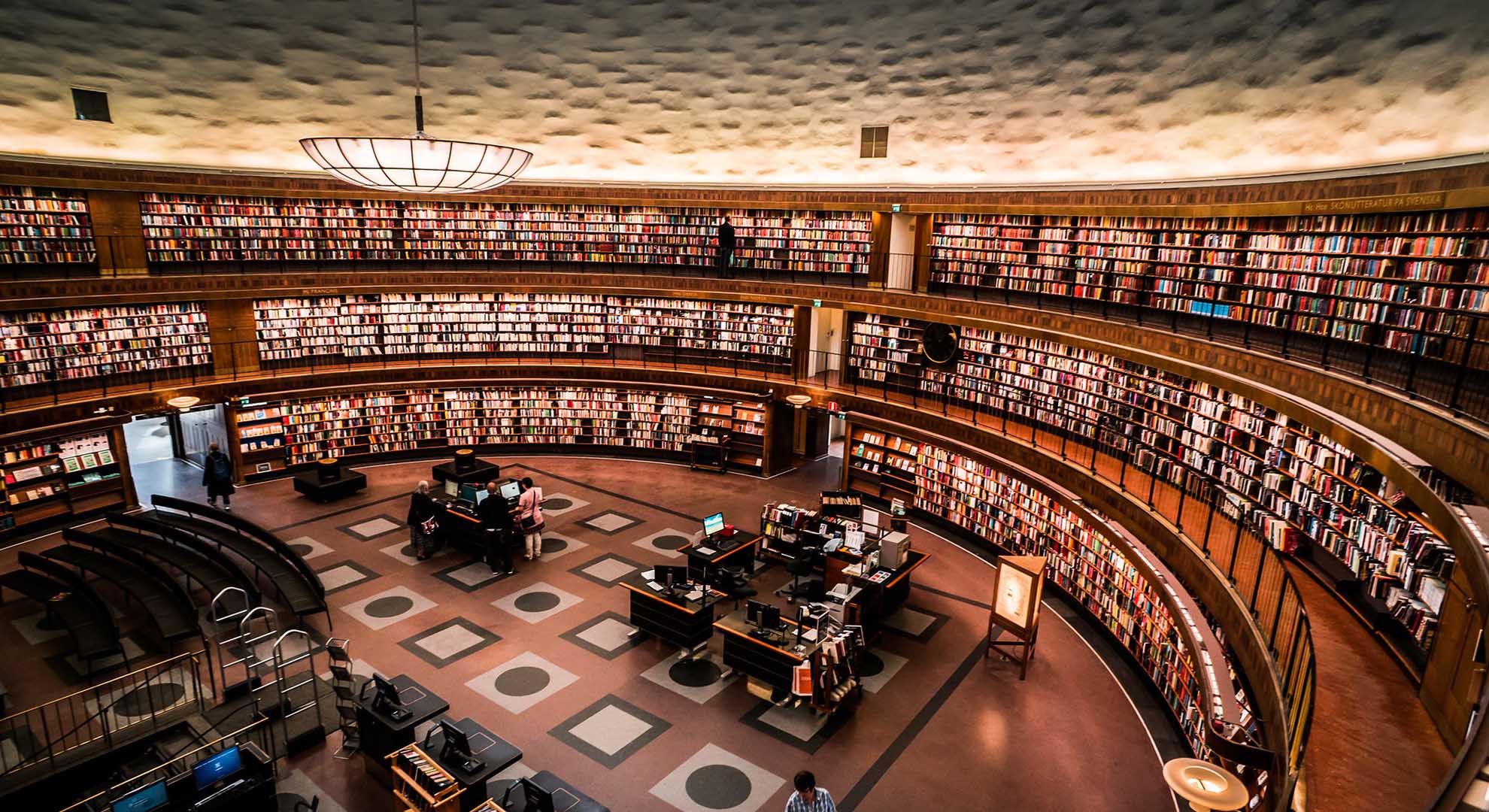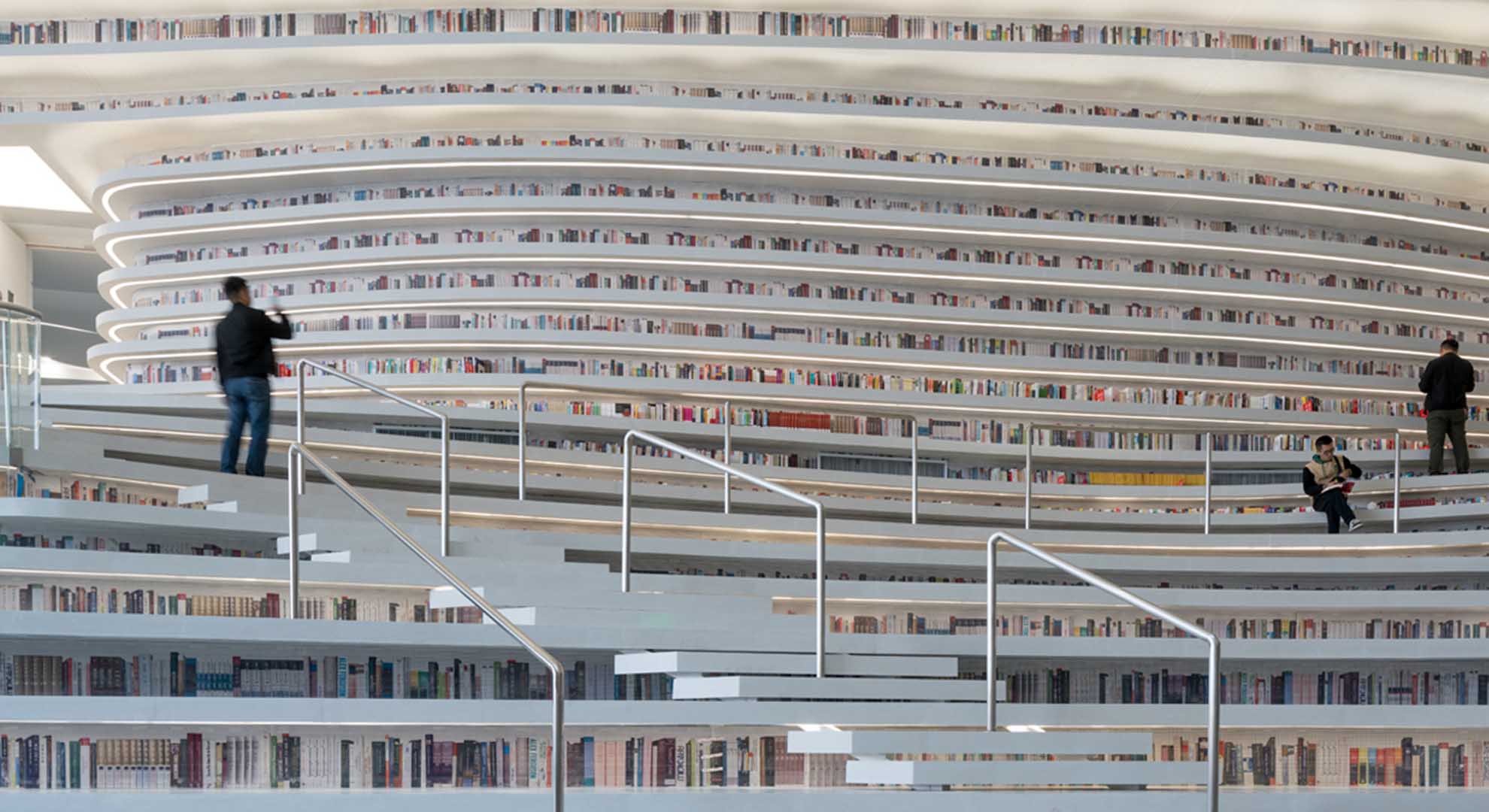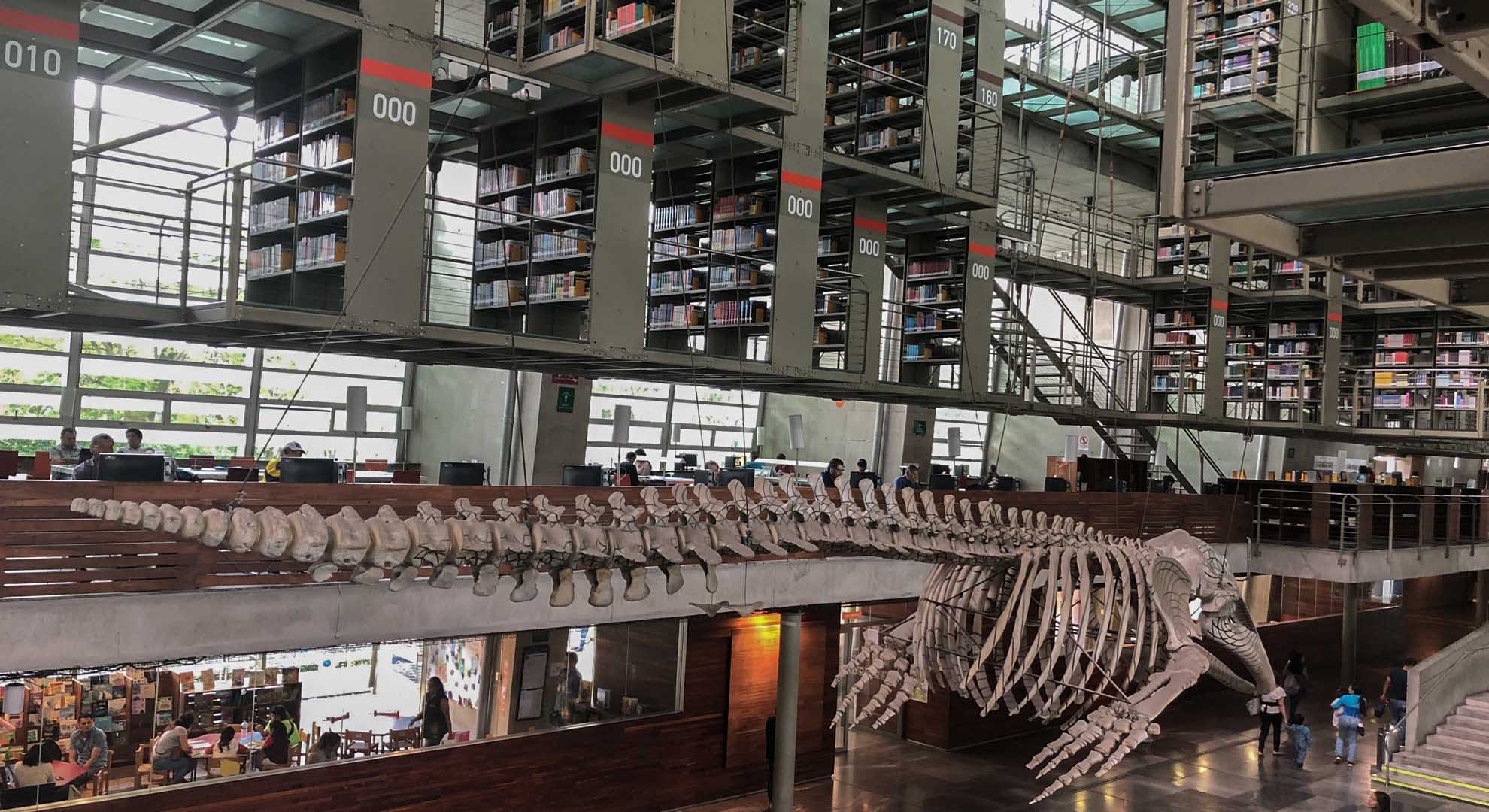The Next-Generation Public Library
What will be the design characteristics?
The public library is per se the building type that offers a diversity of spaces for concentrated reading or collaborative research. Throughout history, the relationship between the scholar and the book has always dominated library planning. “Reading a book is a very private activity,” Louis Kahn noted, offering the library users desk areas with individually adjustable wooden sliding shutters to control the amount of daylight falling on the pages. Alvar Aalto thought, “The experience of reading a book should be as if it was being done outdoors, sitting underneath a tree.”
Recently designed libraries are proof that the library typology is constantly evolving and new spatial concepts are emerging. From social condensers to regenerative community hubs, today’s libraries serve as civic centers in many different ways. The library is a truly public building that provides free entry and services and despite the digital revolution, they appear to be more alive than ever.
There are plenty of iconic libraries: the Stockholm Public Library by Gunnar Asplund (1928), Louis Kahn's Exeter Academy Library in New Hampshire (1972), and the Seattle Central Library by Rem Koolhaas/OMA (2004). These much-celebrated public structures represent imaginative examples of what a library building could be. As the diversity of recently built cases illustrates, there is no single theoretical or philosophical foundation of what a library should be, but instead a richly diverse reflection of its many different functions.

Stockholm Public Library, 1928, Erik Gunnar Asplund. Photo © Steffen Lehmann
Libraries are not only depositories for books and manuscripts but also social gathering places for local communities, frequently taking on broader tasks and programs; shifting from a collection-centric institution to a people-centric service facility. Given the major climatic, social and economic challenges, as well as the environmental degradation and increase of social inequalities, the library of the future is about resistance: resisting the commercialization of public space and the decline of our civic institutions.
The library continues to expand its role as a free educational resource for lifelong learning for all residents, with initiatives targeting nontraditional library users, operating as the “great equalizer of society.” This means that the library of the future is not just an aesthetic or urban statement, but also a social planning statement on our public institutions and civic spaces. In Europe and the US, many libraries are now under budgetary attack and funding cuts, so new projects must be carefully planned and executed. When creating a new library, some basic decisions will need to be made early on, and this requires a close collaboration between librarians and designers to clarify the intended purpose of the new library.
Revival of the grand reading room or free-flowing landscape?
The design of libraries can go in different directions. Some libraries are moving (back) towards a model that encourages readers to stay and linger. One can find new versions of the traditional reading room with openly accessible stacks in free-flowing spatial arrangements. Here are three examples.

Tianjin Binhai Library, 2017, MVRDV. Photo © Ossip van Duivenbode
The Tianjin Binhai Library by MVRDV (2017) is one of the most spectacular and radical library interiors of the last 20 years with its undulating bookshelves and a giant white golf ball as the auditorium. However, its main dilemma is the lack of a quiet reading room. Everything happens in the central, active entrance hall and anyone wishing actually to read or study is consigned to the utilitarian spaces around the edge. The building prioritizes easy popularity over research and scholarship.
The Rolex Learning Center by SANAA in Lausanne (2010) offers a free-flowing space on one level that allows visitors to wander about through the open rooms that are not separated by any partitions. There are no prescribed paths and along the way, one can encounter a landscape of hills and valleys with integrated seating possibilities, shelves, a café and small glass cubicles to which one can withdraw for concentrated studies. There is no central single reading room because reading happens informally everywhere, dispersed throughout the building.

Vasconcelos Library, Mexico City, 2007, Alberto Kalach/TAX. Photo © Cida de Aragon
Another impressive public library is the Vasconcelos Library by Alberto Kalach/TAX in Mexico City (2007), which resembles a giant machine. The 250-meters-long superstructure combines five different collections into one mega-library, with suspended bookshelves that look as if they are hovering in midair. The ship-like building sits in the middle of a lush botanical garden containing flora native to Mexico, which means that when looking from the inside out, users enjoy a view into a beautiful garden.
Sustainable design principles are now a key component and major driver of any contemporary public building, introducing new ways to minimize the negative environmental impact. The need to preserve resources, reduce waste, and ensure low-cost operation is a driver of any new project.
In terms of user comfort, the most common complaints in libraries are about temperature, glare, and acoustic problems. The next-generation library will be designed for urban regeneration and an ecological future, with a concern for the flow of energy and water waste. It will be a key part of the economic redevelopment of urban centers, based on principles of sustainability and circular-loop thinking. And it will reconnect the user with nature.
Adapted from: Reimagining the Library of the Future: Public Buildings and Civic Space for Tomorrow's Knowledge Society by Steffen Lehmann (ORO Editions, 2022). https://oroeditions.com/product/reimagining-the-library-of-the-future
Main image: Vasconcelos Library, Mexico City, 2007, Alberto Kalach/TAX. Photo © Cida de Aragon
